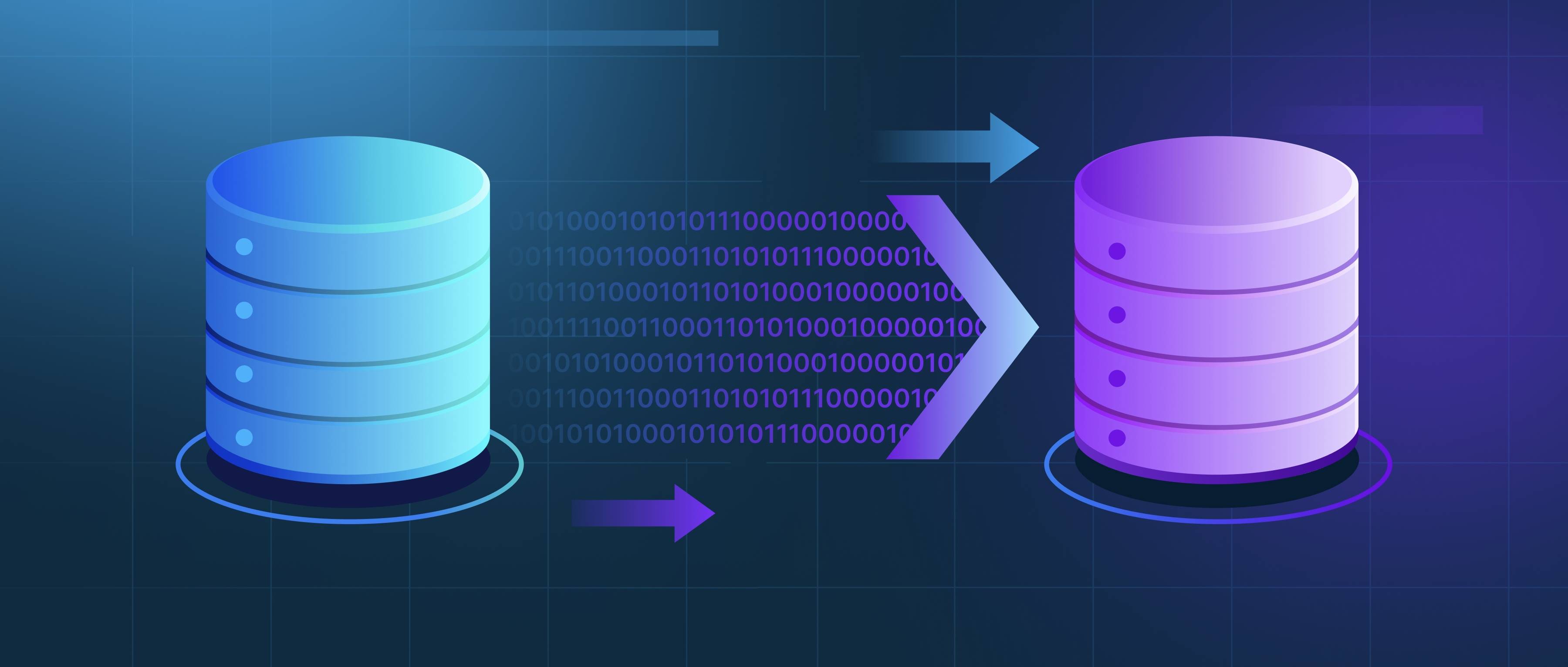When choosing between proprietary and open-source speech recognition tools, developers must weigh several trade-offs that can significantly influence project outcomes. Proprietary tools, such as Google Cloud Speech-to-Text or Nuance, often come with advanced features, high accuracy, and robust support. These tools leverage extensive resources and research, resulting in polished products that tend to perform better in complex scenarios, such as recognizing diverse accents or managing noisy environments. However, using these tools typically requires a subscription or licensing fee, which can be a hurdle for budgeting, especially for startups or small projects.
On the other hand, open-source speech recognition tools, like Mozilla’s DeepSpeech or Kaldi, provide a high degree of flexibility and customization. Developers can modify the source code to suit specific needs, integrate with other software, or even improve the models over time. These tools also come without licensing fees, reducing overall costs. However, they may lack the same level of support and documentation compared to proprietary solutions. As a result, developers might need to invest more time in troubleshooting or developing features that are readily available in commercial products. Additionally, open-source options can sometimes struggle with accuracy, particularly when dealing with diverse languages and dialects, unless substantial training data is provided.
Ultimately, the choice between proprietary and open-source solutions hinges on the specific needs of a project. If a team prioritizes performance and professional support and is willing to incur costs, proprietary tools may be the better option. Conversely, if a project requires flexibility, cost-effectiveness, and the ability to customize, open-source tools could be more suitable. Developers must consider their resources, expertise, and long-term needs when making this decision to ensure they select the right speech recognition technology for their project.
